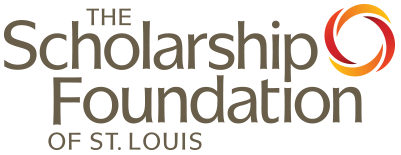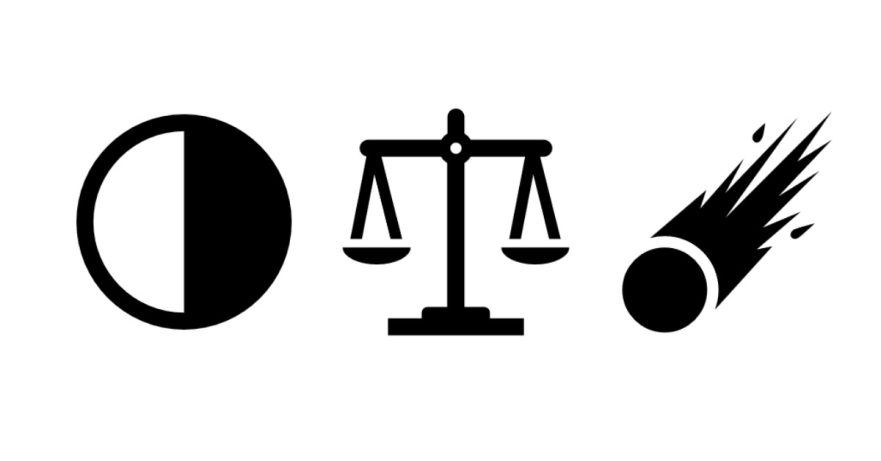
Who benefits from Scholarship Foundation scholarship grants and loans?
Who makes the decisions and who awards the funds?
These are the equity questions answered in The Scholarship Foundation’s first equity report published one year ago in the form of a dashboard. The report focused on select elements: race, ethnicity, and economic class.
In organizing the data we had been reporting for years with an equity lens (and including board and staff information), the Foundation was credited with “courage” for telling the truth. But now that the 2022 Equity Report has been published similarly, we’re turning to the important work of not just describing the present but of declaring values, providing definitions, and setting goals.
In the 2022 data book published by Vision for Children at Risk, we find equity data that puts in sharp focus the inequities in conditions and educational outcomes of Black and Brown children before they reach college-going age. The data depict disparity in:
Family Support
children under 18 living in poverty, median family income, unemployment
Education:
enrollment in pre-Kindergarten programs, proficiency in 3rd grade reading and 8th grade math,
4-year high school graduation rates
Youth Development:
babies born to teen mothers, high school dropout rates
Safe Neighborhoods and Strong Communities:
vacant housing units, cost-burdened households
Students who have thrived in spite of such inequities and successfully navigated systems not designed to serve them face continued inequity at the post-secondary level. In the 2022 data published by The Pell Institute for the Study of Opportunity in Higher Education, inequities in conditions and educational outcomes of Black and Brown students pursuing higher education are clear in:
Enrollment
rates, types of schools
Financing
sufficiency and type of aid, cost differences, household wealth
Outcomes
attainment, employment, earnings
And if you have any doubt that childhood circumstances and inequities in higher education produce disparate outcomes, scan these data points from the Pell Institute for further reference.
| US Population, by race/ethnicity | White | Black | Hispanic |
| Bachelor’s degree | 41% | 28% | 21% |
| Median family wealth | $162,176 | $9,111 | $14,173 |
| Negative family wealth (debt exceeds assets) | 15% | 33% | 31% |
In the next year, we’ll consider our values and study the data. Is equal opportunity among individuals sufficient? Do we commit to distributing opportunity in proportion to economic disadvantage? Is our work (and the metrics we might apply) intended to disrupt systemic inequity and demonstrate that doing so can produce different outcomes and build a different kind of community?
In looking forward, I am astonished to also hear voices from the past. Here is one of a prominent Missourian from 76 years ago that speaks clearly yet today:
“If the ladder of educational opportunity rises high at the doors of some youth and scarcely rises at the doors of others, while at the same time formal education is made a prerequisite to occupational and social advance, then education may become the means, not of eliminating race and class distinctions, but of deepening and solidifying them.”
President Harry S. Truman, 1947


